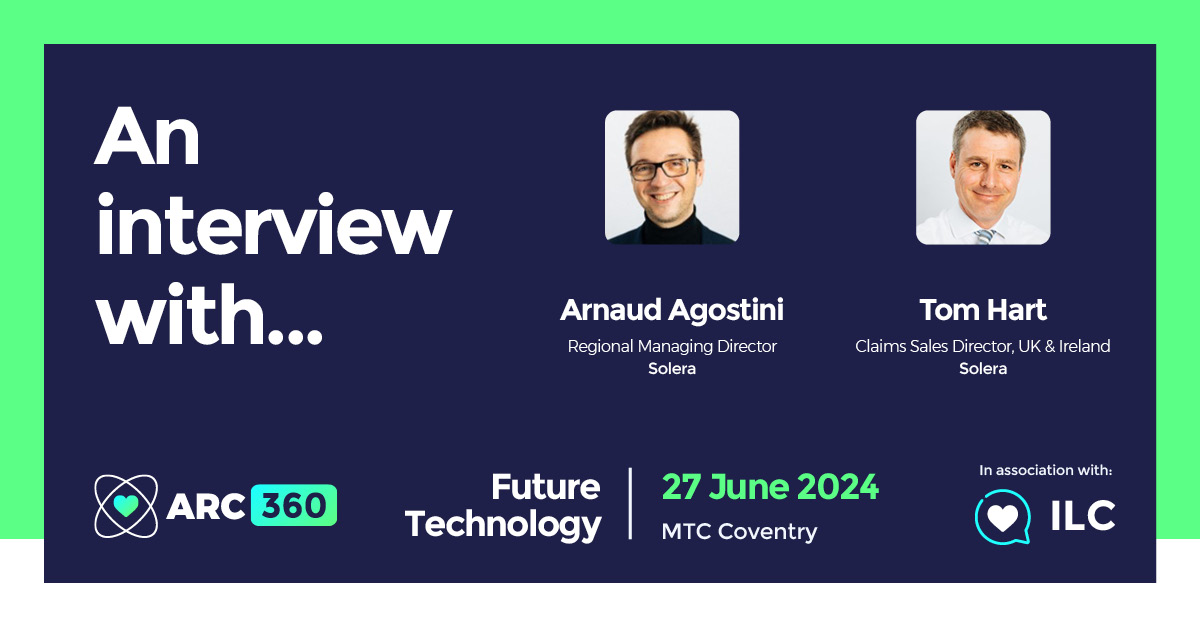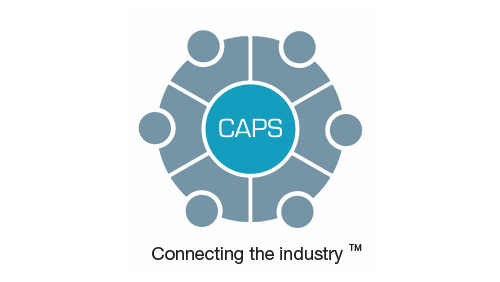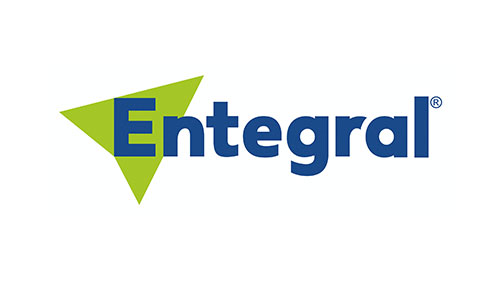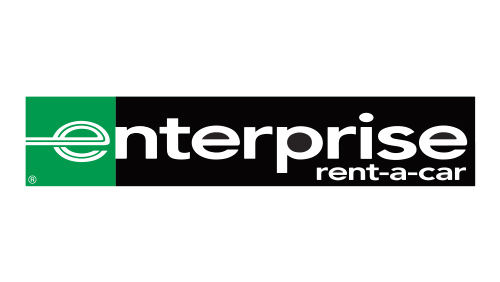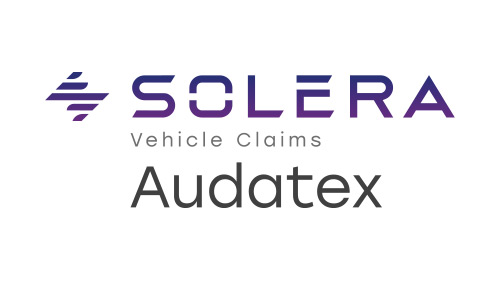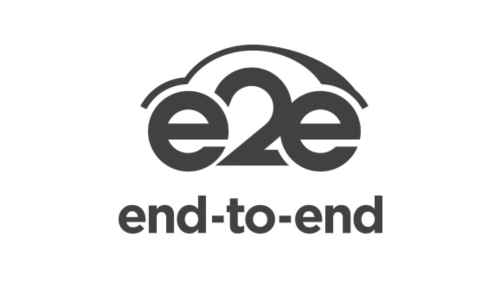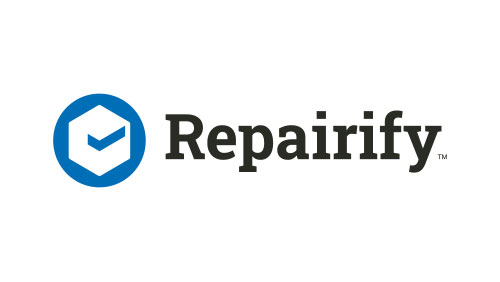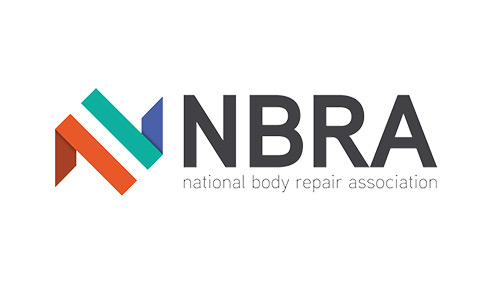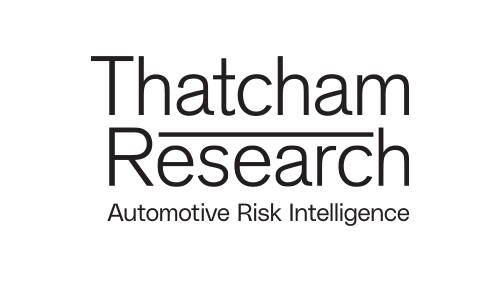With more than one million daily transactions from 300,000 global customers in over 100 countries it’s fair to say Solera is big business. Its solutions empower smarter decision-making for anyone involved in vehicle-lifecycle management via AI-enabled technologies which utilise its vast vehicle, repair, performance, and telematics data. Here, we catch up with Arnaud Agostini, Regional Managing Director at Solera and Tom Hart, Claims Sales Director, UK & Ireland at Solera to find out more.
A simple but huge question to kickstart things: How does Solera leverage data to streamline motor claims for insurers, repairers and vehicle owners?
AA: Solera has been developing its automotive database since the early 1980s so we have a massive data lake detailing some 400 million claims. Each year we are managing more than 20 million claims in Europe and some 50 million in total around the world which makes us the leader in this sector by far. We leverage that fantastic database to allow us to cover 99.8% of the UK vehicle parc and through our insurer and repairer customers speed up the claims workflow and claims management process.
A key objective is to help the industry better triage a claim via photos that can be taken by the driver helping to save a lot of time and also direct and indirect costs.
Our database now connects with our Visual Intelligence (VI) – a powerful image recognition system – that allows us to recognise any automotive picture. This helps the whole industry to pre-estimate the value of the claim and better triage.
TH: Just to add to the point around coverage – it’s so fundamental. If you’ve got a claim without the exact data it becomes a very manual process which adds time, brings in extra friction, inflates cost and increases operational overheads plus falls outside of data managed workflows. But we have all the necessary data in one place which means estimates can be done right, first time, every time.
Solera’s data goes way beyond what might first be thought of as claims information but is vital in creating the full picture. How does all this information play into the claims piece?
AA: The VIN description is an example of data that is extremely important at the starting point of any claims management process. Exact identification of any vehicle is becoming more and more complex but our system allows precise information to populate from the very outset of the claim.
This has been a long-term project from our side. We have a specific team that is dedicated to what we call ‘data acquisition’. So we have people all around the world connected with the OEM industry and our job is to ensure their data is available across the claims and repair sectors.
Every year we invest £100m in data acquisition and the maintenance of our database, and we have more than 500 people that are working daily on this specific topic.
On this subject, we have just signed an agreement with Chinese manufacturer BYD, which looks set to be a very significant global player in the coming years.
With so much data available, how can the various stakeholders within the claims process identify the data most relevant to them and harness it effectively to deliver a more efficient service?
AA: We are continually developing our software and technologies to provide claims stakeholders with faster, more intuitive, seamless and customer-centric solutions.
Deployment of our VI technology is really set to take that to the next stage. We are at the early stages in the UK but the technology has already been deployed in more than 55 countries around the world, so we have a very deep knowledge of how things should work. But, of course, every country has specific nuances and the UK is a very complex market. We are therefore working very closely with the regional team to integrate this latest technology in a smooth fashion.
TH: To add to the point on accessing the data – the key is ‘at the point of need’. When we talk to customers via our consultative approach we understand the industry, we understand the pain points and we can share that experience. We then explore how can we collaborate to come up with a solution.
We partner with companies like Willis Towers Watson in the UK to provide actuarial and underwriting insight around inflation. That’s not necessarily our direct expertise, but we partner with the right people to deliver. Similarly with cap-hpi and some of their areas of expertise, we provide APIs for very specific data such as windscreens. There’s lots of people repairing and replacing windscreens and it really is important you get the right information to support part specification, fitment and ADAS calibration.
AA: Additionally, we are also now helping the whole industry to better manage sustainability targets with Sustianable Estimatics providing users with the ability to quantify CO2 emissions of activities.
So for any claim, we are able to help define what the CO2 emissions are. This will help the industry to better assess its emissions levels; provides the structure to work within mandatory frameworks and report yearly results; and ultimately set and work towards future targets.
Tell us a little more about Sustainable Estimatics: What has been the response from across the market?
AA: We launched in Europe in December 2023 and have had incredible success since. Everybody wants to start working with Solera on this specific matter because Scope three is extremely complex to analyse.
It is thanks to our external relationships which includes the likes of shipping companies and research centres that allow us to collect all the necessary information for analysis through our AI system.
We are, of course, constantly working to speed up the CO2 definition process, by working closely with all stakeholders to develop better relationships and outcomes. For example, we can provide individual repairers with exacting information on their emission levels which means in their relationship with an insurer they are able to optimise decision-making around repair or replace, process management or the adaptation of green parts.
And this whole area is key when you consider today’s customer too who’s buying decisions are influenced by sustainability.
Not only can it help optimise claim costs through improved decision-making and working practices but provides greater customer appeal and satisfaction.
How can repairers work with Solera to maximise data and gain a competitive advantage?
TH: We’ve been focused on making the data much more interactive so it can be analysed with systems such as Solera Analytics to truly drill down into the detail and allow more intelligent decision-making, for example around repairability.
For instance, when we champion repair over replace, the estimate can be backed by analysis within Solera Analytics which might ask: If I make this change and I can repair two or five percent more bonnets, how is that going to effect on my bottom line?
So it’s more around thinking more strategically about behaviours and how that can be used.
Do you feel repairers – specifically independents – use the information available to them ‘enough’ or can it be further optimised?
TA: There’s a huge spectrum of repairers out there, some whom are constantly analysing data to drive profitability. I would like to think our data and tools are a key component of that.
Also on the spectrum there will some repairers that probably don’t use utilise the system as much. So, I’m sure there’s a lot of untapped potential for those businesses and in those data sets.
What role can Solera play in easing the sometimes ‘fractious’ relationship between repairers and insurers?
AA: For me it’s simple – a repairer needs an insurer, and an insurer needs a repairer. We act as an independent provider in the middle to ensure that the cost calculation of a claim, provides the right value for all stakeholders.
TH: Added to that is the connectivity we offer which allows straight-through processing, speeding up all elements of the claim by sharing consistent data and insight which ultimately helps build trust. In essence, it provides one single version of the truth – a transparent, auditable process which benefits all stakeholders.
What are the major trends you see impacting the repair sector at the moment?
TH: I think consumer behaviour, specifically linked with sustainability. We’ve done some extensive research in this space identifying the willingness of consumers to go for green policies and we’ve seen changes over the last few years in the policy wording of many insurers which now includes reference to green parts usage.
We have evolved our offering and are now connected to a number of the green parts providers so that when the repair is calculated, at point of need, they’re able to see real-time availability.
Has AI reached a tipping point in the repair sector, and is its increased adoption being driven by the industry or consumer attitudes?
AA: Today, with your smartphone, you are using artificial intelligence every day and you do not see it. Within the Solera environment, this is exactly the same. The AI is really developed in order to make our customer usage more easy and faster. It allows us to anticipate what our customers want today and deliver it.
How is Solera working with vehicle manufacturers to deliver even greater insights and connectivity to the aftermarket?
TH: We invest huge amounts in data acquisition and the global automotive data centre has those relationships with vehicle manufacturers across the globe to ensure that local data, for example parts and pricing, is injected into the system in the most up-to-date, seamless fashion.
Via our consultancy division we work closely with vehicle manufacturers pre-launch around residual values in specific markets and vehicle lifecycles – from market entry through to end of life. It’s a vast undertaking but ensures we have the intelligence available for customers.
In what way might Solera mitigate the risks of a growing skills gap in the repair aftermarket or the claims industry?
TH: We believe data is a big enabler in helping narrow the skills gap and it’s really about helping to guide technicians on the shopfloor: the right data at the point of need, easily accessible and seamlessly integrated; vehicle health check diagnostics systems fully integrated into the estimatics platform; and troubleshooting guides within the Autodata application.
With the changing dynamic of the vehicle parc its essential to stay current and reference points like this are key to ongoing development.
What is Solera’s overall strategy for 2024 and the near future?
AA: Firstly, it is to continue to ensure that the database used by our repairer network here in the UK continues to be ahead of the needs of the market. We are working with vehicle manufacturers across the globe to deliver on this.
The second point is around innovation. We have a duty to provide the latest artificial intelligence provisions to all clients, sector stakeholders and the wider industry. This includes our drive on sustainability.
Clearly, supporting the planet is the primary objective but there is also a legal requirement in reporting CO2 emissions and – perhaps linking back to skillsets – there is a need in terms of brand equity and industry image to communicate and demonstrate just how we are advancing.
The third, and final, focal point is to take care of all our people – that’s everyone internally but also all our partner.

